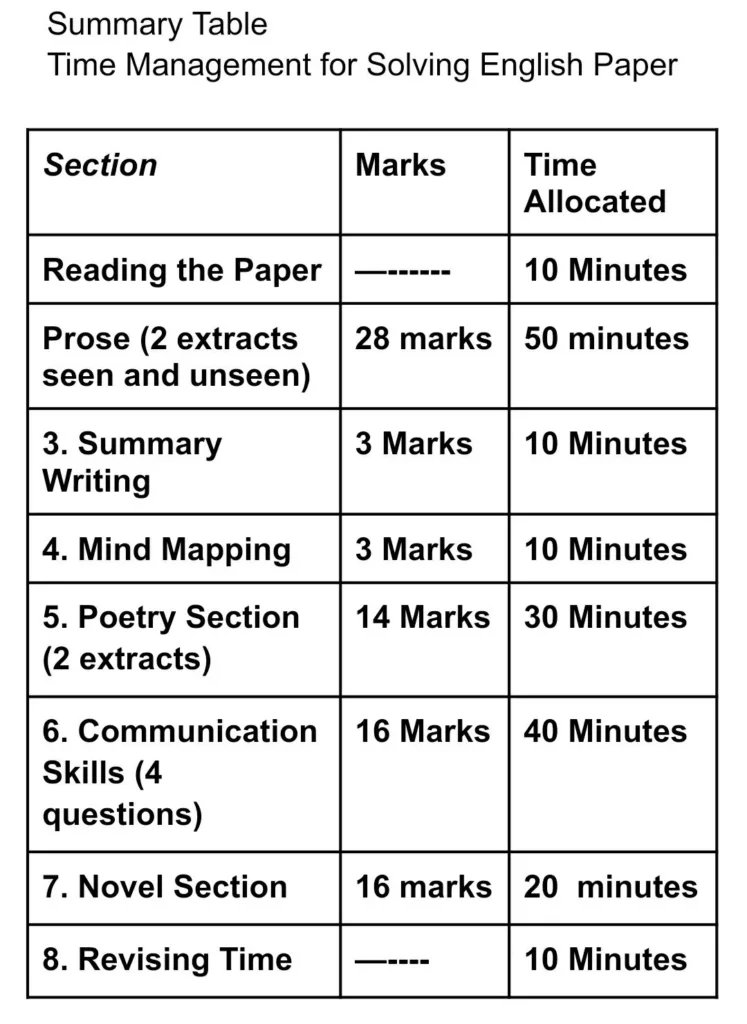Introduction
Blends are combinations of two consonants where each sound can still be heard. For example, in the word “black,” the letters bl form a blend because both the “b” and “l” sounds are pronounced.
Here’s a list consonant blends, along with sentences showcasing the blends in context and more organizational option.
List of Blends
Bl
black, blue, blanket, bloom, blast, blind, blink, blame, bleed, block, blush, blouse, bleach, blend, blizzard, blister, blubber, blurt, bleak, blazing, blindfold, blithe, blueprint, blob, bloom
Cl
class, clock, climb, clear, close, clever, clip, click, cliff, clutch, clue, clash, clover, clump, clench, cling, cloak, clamor, clasp, cloud, clown, clamp, cluster, clatter, clink, clarity
Fl
flower, flame, fly, float, flash, flock, flute, floor, flee, flare, flip, fluff, flake, flood, fluent, flick, flourish, flashback, flinch, flap, flesh, fleet, flutter, floodgate, floppy, flameproof
Gl
glass, glow, globe, glitter, glide, glance, glove, glue, glimmer, gloomy, gleam, glacier, glaring, glaze, glimpse, glorify, glamorous, gloss, gleaming, glidepath, glisten, glowworm, globule
Pl
plane, play, plate, plum, plant, plank, plot, plug, pluck, plow, plunge, plead, pleasant, plankton, plop, plaster, playful, plummet, pliable, plastic, plasma, platter, plume, placid
Sl
slide, slow, sleep, slipper, slim, slap, slant, slip, sled, slice, slick, sling, sloth, slay, slit, slumber, slime, sly, sloppy, slump, sliver, slate, slander, sluggish
Br
brick, brave, brush, bright, break, branch, brass, bring, breeze, brow, brisk, broth, braid, bronze, brood, brisket, brittle, bracket, broad, brag, broker, bramble, brusque
Categorized List
Nature
Bl: bloom, blizzard, bleak
Cl: cloud, clover, cliff
Fl: flower, flock, flood
Gl: glacier, globe, glowworm
Pl: plant, plum, plankton
Sl: sloth, slime, sliver
Objects
Bl: blanket, blouse, blueprint
Cl: clock, clamp, clip
Fl: flute, floor, flash
Gl: glass, glove, globule
Pl: plane, plate, plug
Sl: sled, slate, slipper
Br: brick, branch, bracket
Actions
Bl: blink, blend, blister
Cl: climb, cling, clench
Fl: float, flip, flutter
Gl: glide, glance, glimmer
Pl: plunge, pluck, plaster
Sl: slide, slip, slumber
Br: bring, break, brood
Sentences Using the Blends
1. The black blanket was soaked after the blizzard.
2. The cat climbed the cliff, looking for shelter under the clouds.
3. The flock of birds fluttered near the flower-filled field.
4. She used a glass globe to glimpse into the future.
5. The plane flew over a plum orchard near the plank bridge.
6. The baby giggled as he slid down the slick slide.
7. The brave boy picked up a brick to defend himself from danger.
Creative Activities
1. Word Matching Game: Match blends with their objects/actions:
bl → blink, black
sl → slip, slim
Here’s a worksheet to help learners practice blends effectively:
Blends Worksheet
Part 1: Fill in the Blanks
Fill in the blanks with words that start with the given blends:
1. Bl: The sky turned ___ as the storm approached.
2. Cl: Please use the paper ___ to hold the sheets together.
3. Fl: The butterfly began to ___ gracefully in the garden.
4. Gl: The diamonds on her necklace started to ___ under the light.
5. Pl: Farmers use a ___ to prepare the soil for planting.
6. Sl: Be careful, the floor is ___ after the rain.
7. Br: The artist used a paint ___ to create a masterpiece.
Part 4:Match the blends
Part 3: Word Creation
Create as many words as you can using these blends:
1. Bl: ________, ________, ________
2. Cl: ________, ________, ________
3. Fl: ________, ________, ________
4. Gl: ________, ________, ________
5. Pl: ________, ________, ________
6. Sl: ________, ________, ________
7. Br: ________, ________, ________
Part 4: Sentences
Write sentences using the following blends:
1. Bl: ___________________________________________
2. Cl: ___________________________________________
3. Fl: ___________________________________________
4. Gl: ___________________________________________
5. Pl: ___________________________________________
6. Sl: ___________________________________________
7. Br: ___________________________________________
Part 5: Find the Words
Search for the blend words hidden in the grid below:
B L A C K S
C L I M B P
F L A M E S
G L O B E F
P L A N T S
S L I D E R
B R I C K S
Conclusion
Congratulations on completing the blends worksheet! Understanding blends helps you read and write words more fluently. Keep practicing to strengthen your skills further. Can you think of more words with blends to add to your vocabulary? Remember, blends are everywhere in the English language, so keep an eye out for them while reading or listening!








